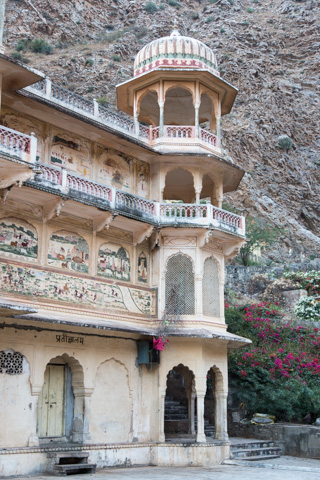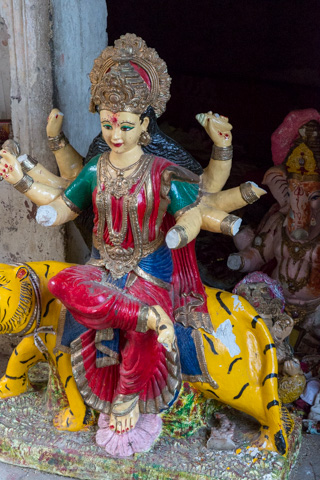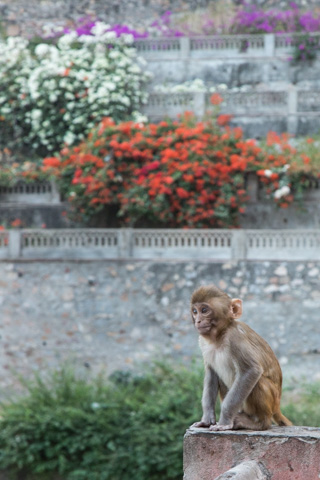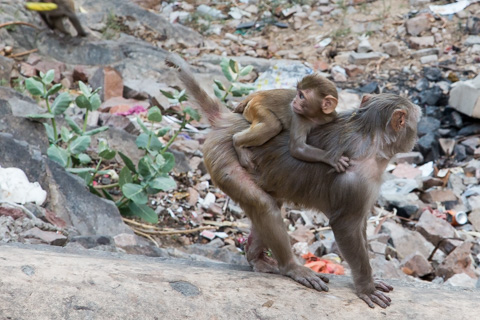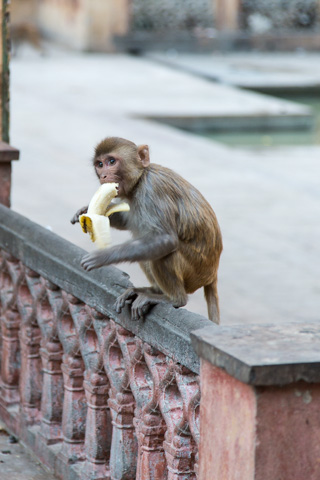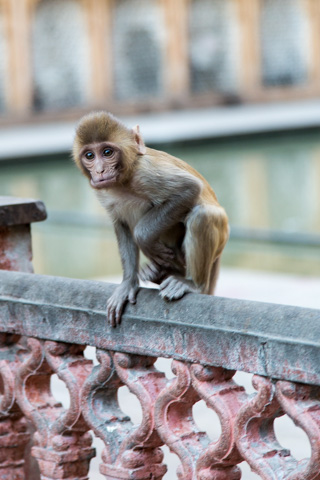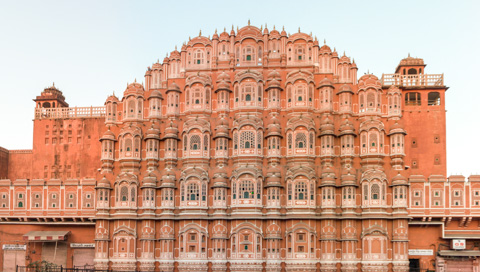
Hawa Mahal (Palace of Winds) named because it was essentially a high screen wall built so the women of the royal household could observe street festivals while unseen from the outside. Constructed of red and pink sandstone, the palace sits on the edge of the City Palace, and extends to the women's chambers.
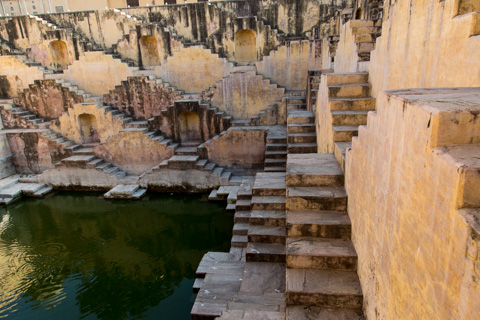
We drove to Amer and the first stop was a Step Well.
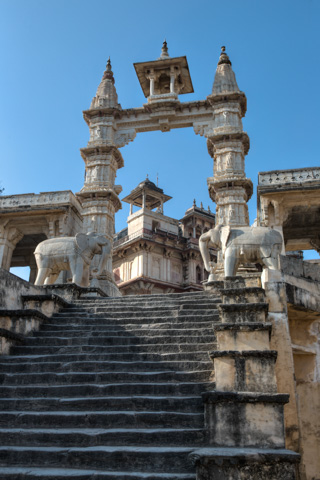
The Bihari Ji Ka Mandir Temple, built during the reign of Mirza Raja Jai Singh I (1611-1667), is typical of seventeenth-century temple architecture in the region.
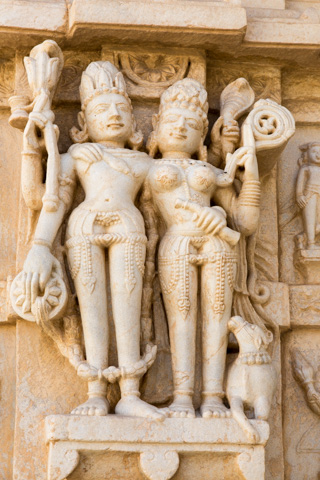
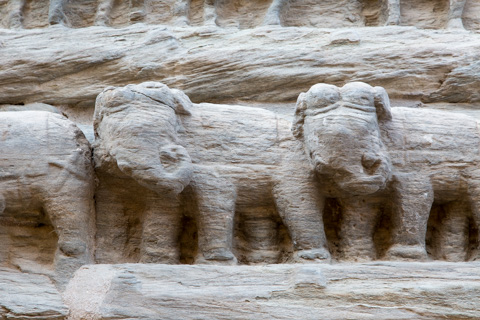
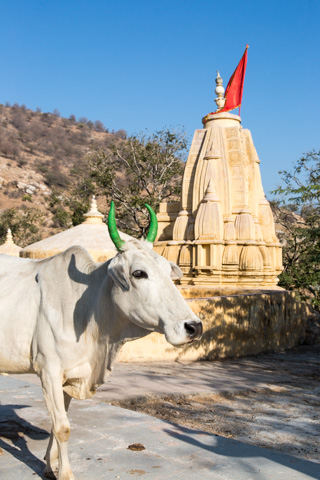
This cow and several others were enjoying a walk around the lake. In the background is a small temple.
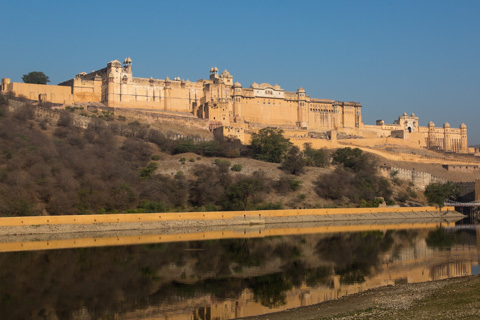
This picture of the Amer Fort is from across the Maota Lake that provides water to the palace. Constructed of red sandstone and marble the opulent palace is laid out on four levels, each with a courtyard.
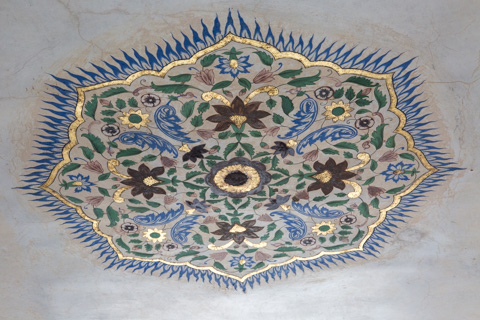
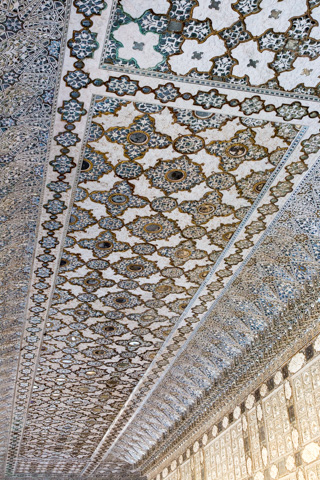
The mirrors are of convex shape and designed with colored foil and paint which would glitter bright under candlelight at the time it was in use. Also known as Sheesh Mahal (Mirror Palace), the mirror mosaics and colored glasses would glitter in flickering candlelight. Sheesh Mahal was built by king Man Singh in 16th century and completed in 1727.

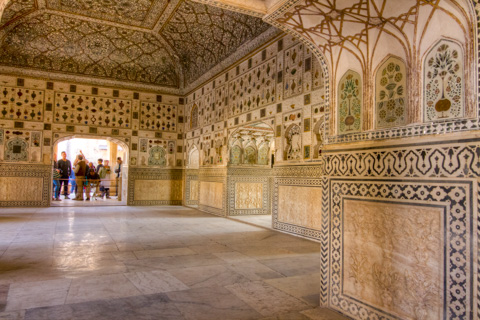
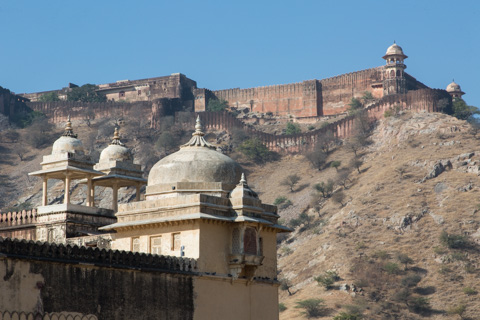
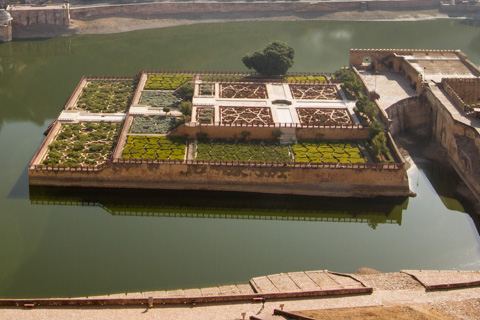
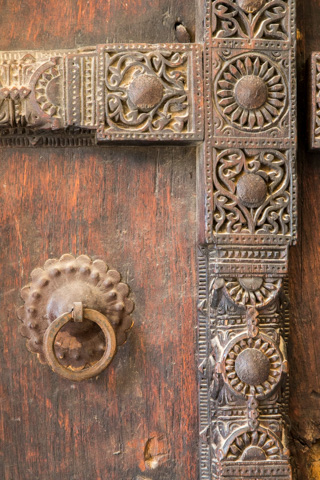
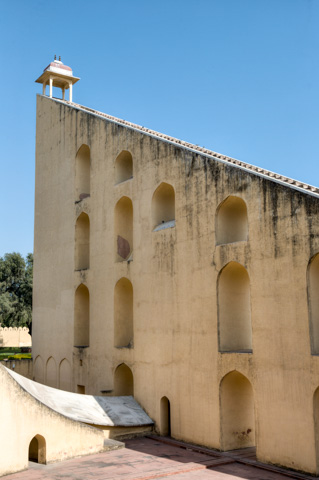
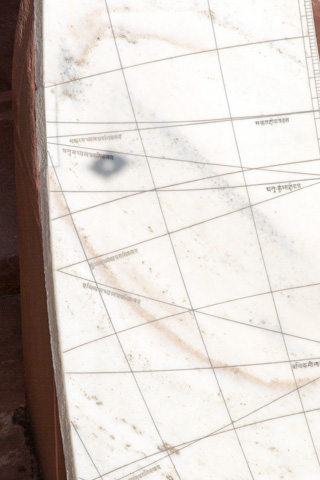
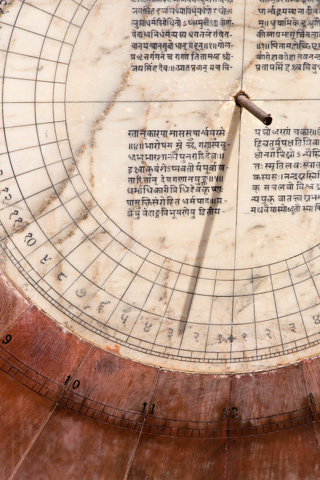
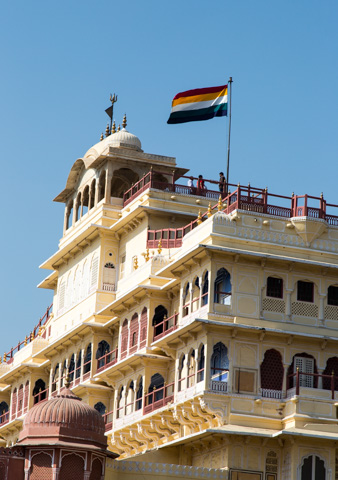
Chandra Mahal is the tallest building in the City Palace complex. It is a seven-storey building and each floor has been given a specific name Most of the palace is the residence of the descendents of the former rulers of Jaipur. Only the first floor is allowed for visitors.
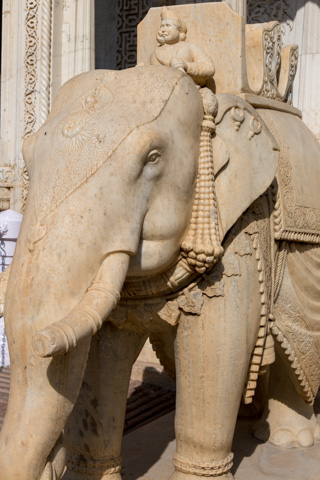
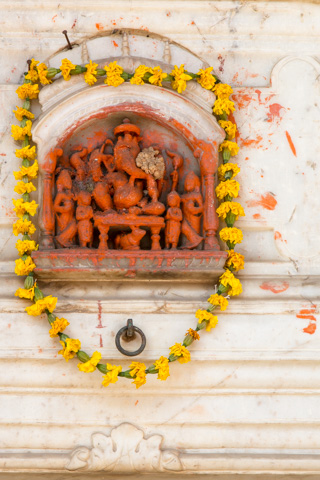
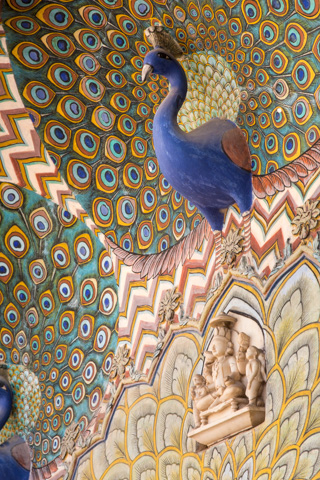
There are four small gates allowing access to the interior of the palace. They are adorned with themes representing the four seasons and Hindu gods. The gates are the Peacock Gate representing autumn and dedicated Lord Vishnu.
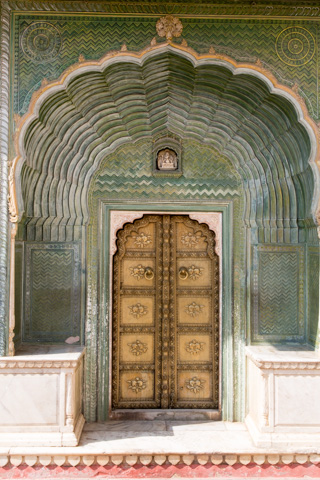
The Green Gate, also called the Leheriya (meaning: "waves") gate, is green suggestive of spring and dedicated to Lord Ganesha.
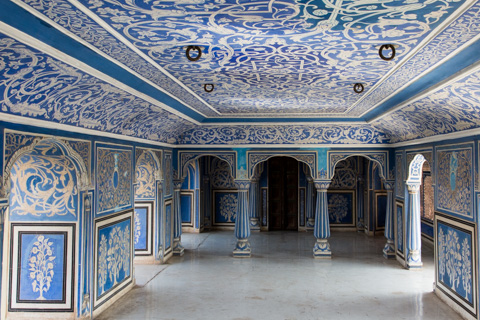
Sukh Nivas or the "Hall of Rest", is painted in Wedgewood blue fully decorated with white lining. Sukh Niwas was the drawing and dining room of the Maharaja.
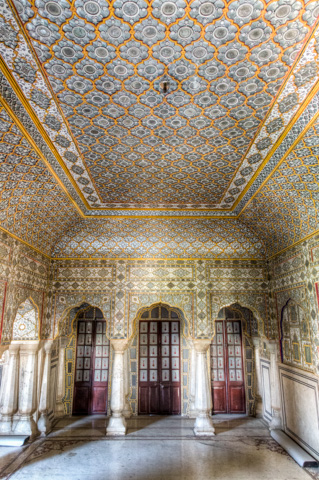
"Shobha Nivas" is on the fourth floor of the Chandra Mahal. It is also known as "Hall of Beauty". The walls of the Shobha Nivas are decorated with mirror walls with blue tiles ornamented with mica and gold leaf.
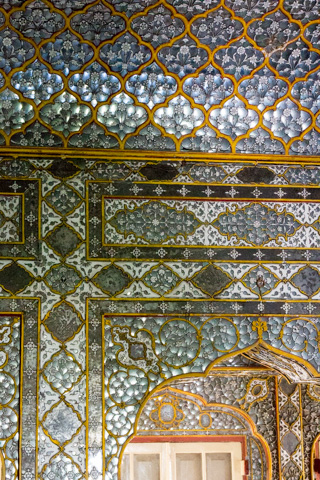

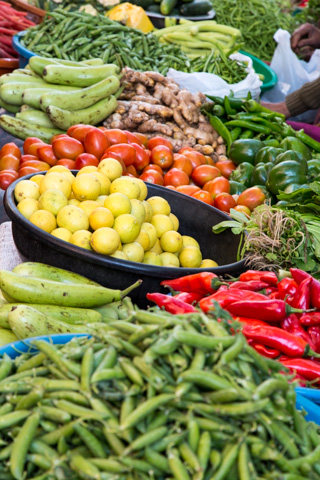
Through a small ally we discover the produce market.
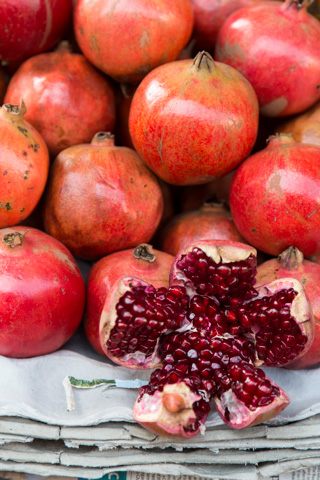
Since lunch was not in the schedule the guide purchased several fruits to munch on as we walked.
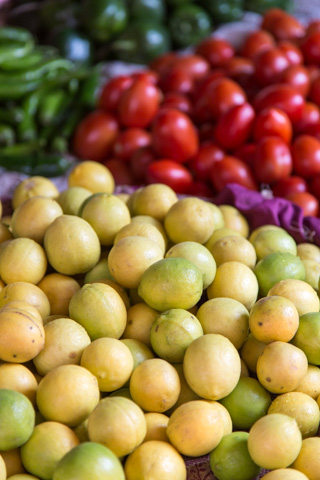
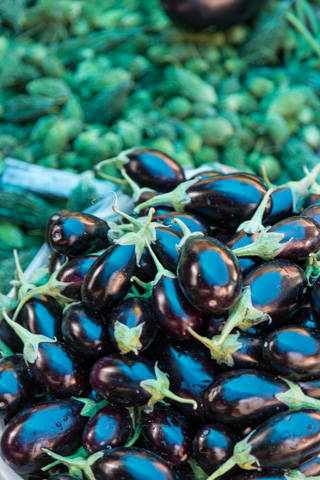
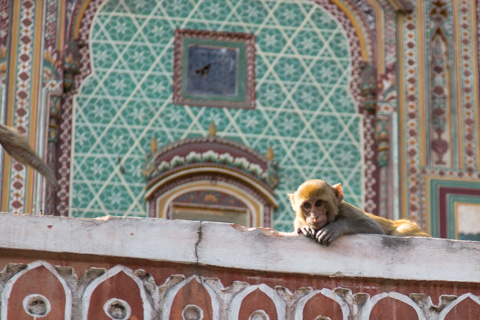
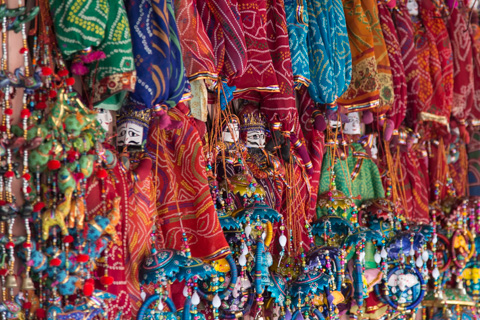
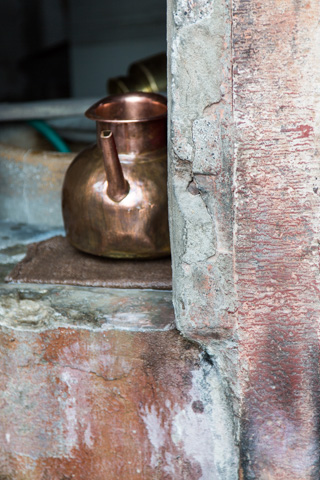
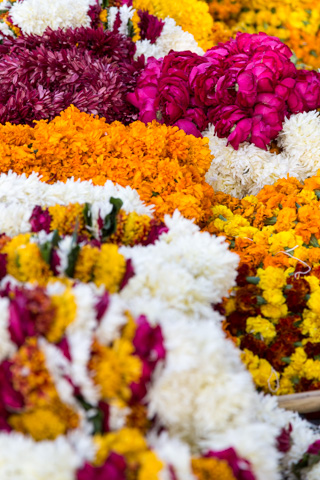
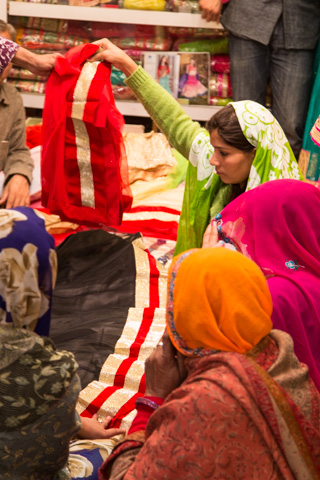

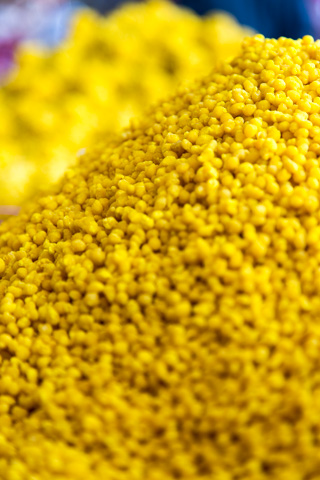
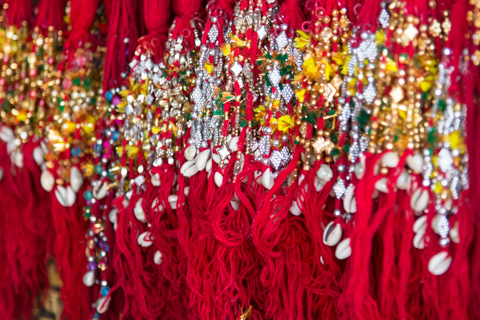
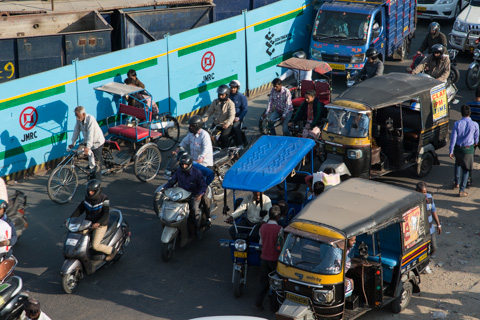
When we crossed a road (no visible crosswalks) the guide said not to look at the oncoming traffic and just step out and walk. We did look for a break but it was hard not to watch the vehicles hurling/honking toward us. We just walked across.
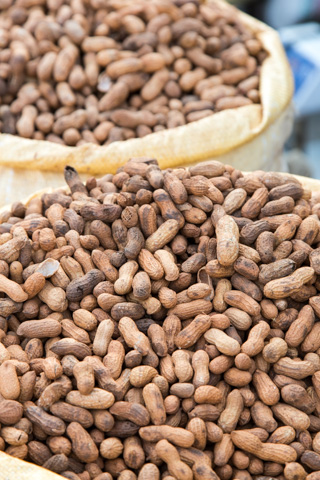
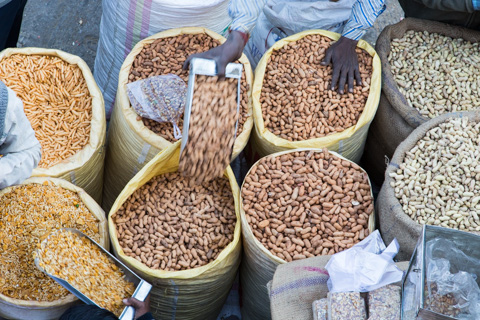
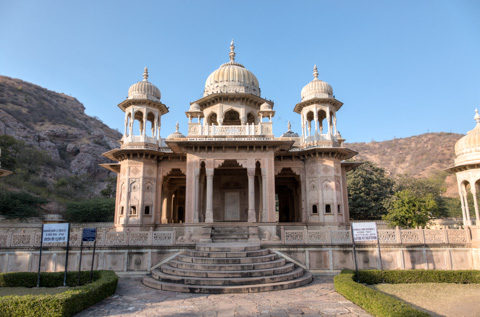
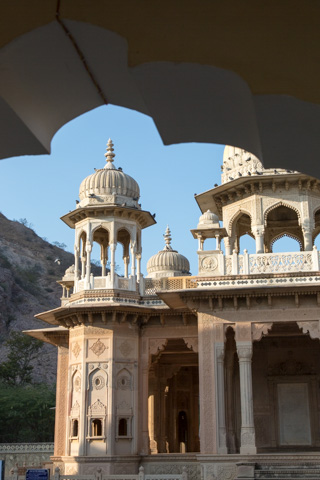
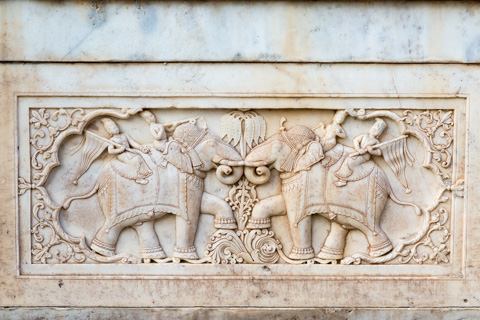
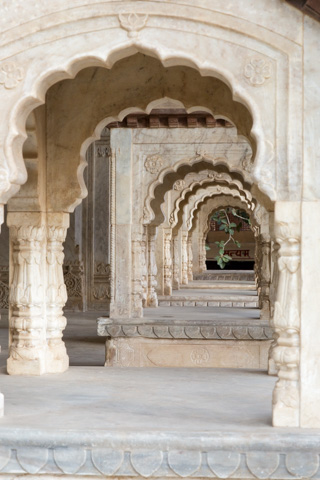
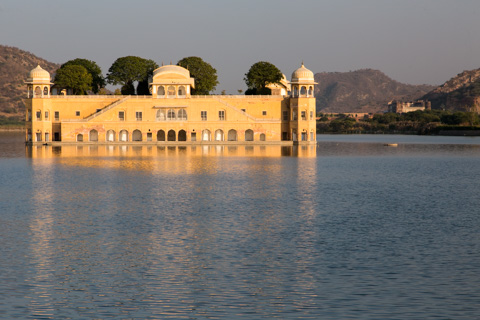
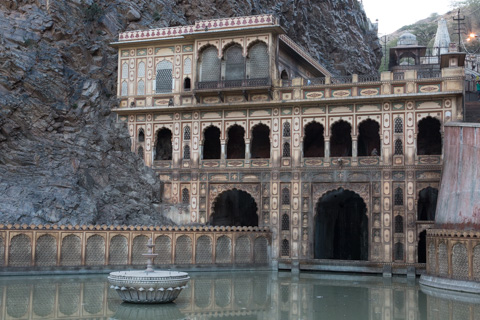
Galtaji is an ancient Hindu pilgrimage site in the town of Khania-Balaji, about 6 miles from Jaipur. The site consists of a series of temples built in to a narrow crevice in the ring of hills that surrounds Jaipur. A natural spring emerges high on the hill and flows downward, filling a series with sacred water tanks in which pilgrims bathe.
